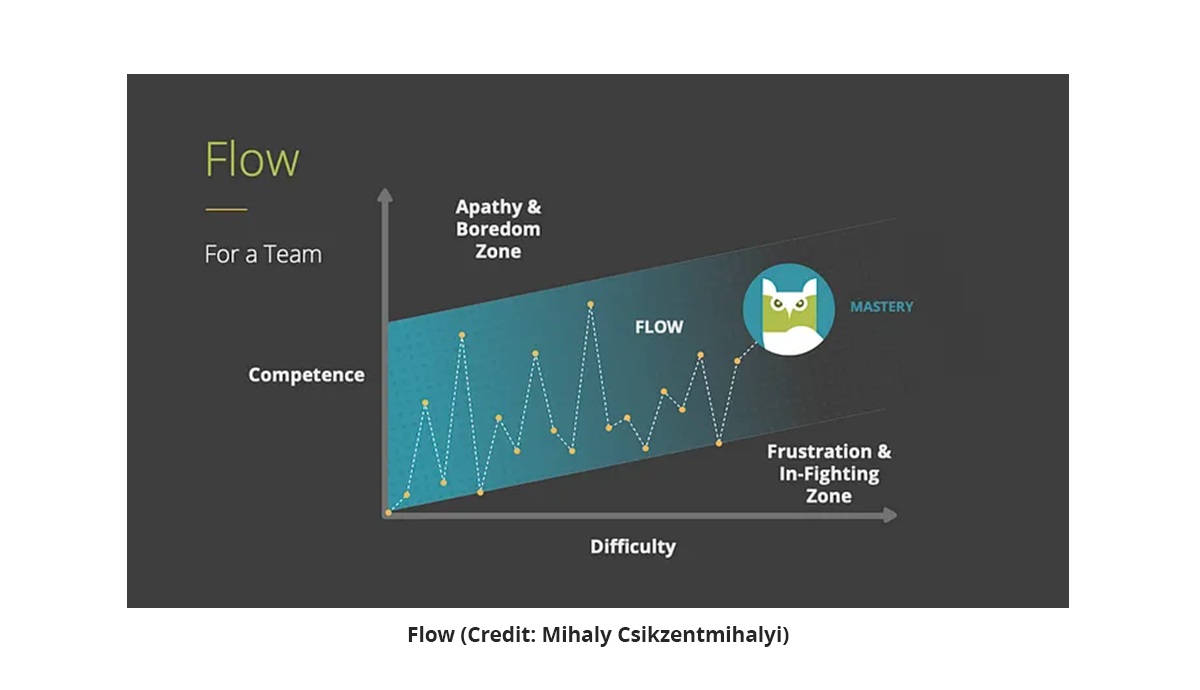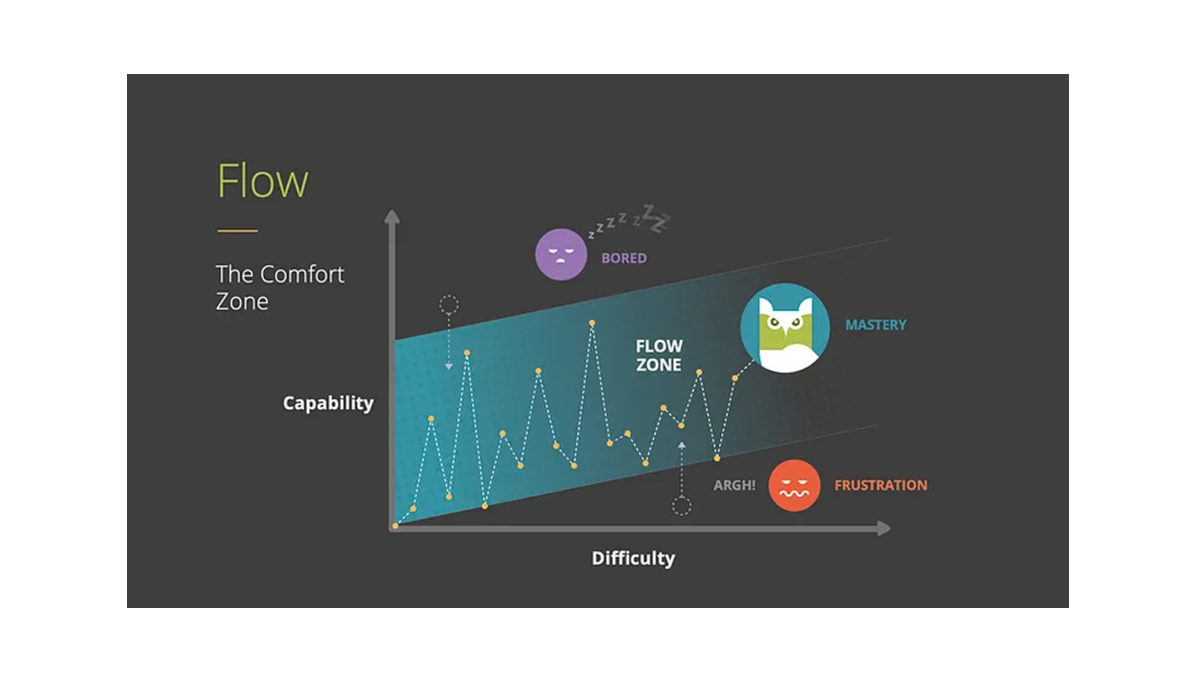Optimizing for your team’s peak performance

One of the greatest teams I ever worked with delivered some amazing, impactful software for a small scrappy startup. We were building something amazing for the world and we knew it. Some of the technologies we worked with were cutting edge. Very few people in the world, at the time, had experience with some of these technologies and documentation was scarce. Our team had to figure a lot of things out and many mistakes were made. Additionally, when we started, we were working in a domain that we knew nothing about. We had to acquire both a tremendous amount of domain knowledge and the requisite technical skills in order to succeed together. The team had many ups and downs and overcame some incredible challenges. In the end, the company was successfully acquired by a multi-national, multi-billion dollar enterprise and their services were incorporated into their offerings.
The team learned at an incredible rate and was able to accomplish what felt like super-human things that none of us could have possibly accomplished on our own. If you have had this type of experience in your career, you know what a feeling it is to be a part of a team like this. It is amazing. Looking back, you will reflect on these experiences as the best working experiences of your life. Mihaly Csikszentmihalyi calls these peak experiences for individuals “flow.” This concept of flow extends to high-performing teams. When a team of competent people “flow” together, creativity emerges and they thrive.
Your teams want to produce great things together. They want to build things that will change the world. Change that is worthwhile requires the coordination of many competent minds, communicating and cooperating at scale. Most teams that accomplish worthwhile things, however, don’t start out with all the knowledge required to succeed — they have to figure out how to get it. When equipped with a motivating, worthwhile vision and some initial skills and knowledge, teams learn together and innovate and deliver amazing things. The more they learn, the more they realize how much knowledge is out there that they will never know, but this shared quest is a powerful, creative force for change.
When you have the right people on your team, those who care deeply about solving the problems you intend to solve, they will crave the kind of work environment that pushes the limits of their creativity.
Everyone has a place to grow on sustainable, successful teams. This is a pattern that I have seen, over and over again. In this environment, the leaders and the team members have regular, clear conversations about growth paths, goals, and progress. Each team member, on a hyper-successful team, has a personal growth vision that balances their personal career and desires, their team’s needs, and the needs of their organization. They are also held accountable for their growth at a pace that they generally set with their leaders. On the highest performing teams, the conversations are open and energetic. I’ve found that this leads to the team members holding each other accountable and even holding their leaders accountable for their growth as well. It is harder than it sounds, however, as it assumes that the people on your team authentically care about the domain they are working in. If your teammates are not advocates of the work they are doing, there is a misalignment that can be uncomfortable. In the long run, this is unsustainable as it will have a deleterious impact on their motivation at work, and apathy or burnout will result, which often bleeds into the culture of the rest of the team.
Some teams are led without any consideration, much less accountability, for growth and learning. This is acceptable in an environment where predictability is a key measure of success, but in any environment that values progress, innovation, and ongoing improvement, it is not sustainable.
If you want predictability, manage. If you want possibility and innovation, lead.
Unfortunately, I have seen a tendency for teams that have been together for long periods of time to have a diminishing focus on learning. The beating drum of capitalistic incentives in our society leads teams toward more and more focus on outputs and outcomes that are most often economic in nature. While I would never suggest that teams forget about their need to produce an economic benefit, leaders need to be aware of the impact on innovation when growth goals are de-prioritized or abandoned. Innovation is the reward you get when you keep enough pressure on learning and growth as a purposeful component of your strategy. Teams that grow together, flow together.
There is a direct and powerful correlation between learning and innovation.
Teams need leadership with confidence, and maybe even a reality distortion field, to point out the top of the mountain, create the narrative, and cause the discomfort that comes with the uncertainty that elicits unrelenting creativity. No great change has ever come about without people learning, growing, and getting far out of their comfort zones. It takes leadership that has confidence in the abilities, knowledge, and skills of the people being led. Leaders leverage the motivation and creativity of their people to create a positive and productive change in the world in the context of their goals. They challenge the team while paying close attention to the capabilities that they have.

High-functioning teams and their leaders recognize when they are not being challenged enough and when they lack the knowledge, tools, or talent to be successful and are getting frustrated. When some of the team members are not growing or contributing, while everyone else around them is, it sometimes leads to politics and infighting. When leaders hold themselves accountable for the growth of the people they serve, these problems are less likely. This accountability creates an environment that will help to maximize the team’s creativity and support their focus on their shared goals. This balance of increasing challenge and a focus on team growth creates an environment of team flow. It is in the flow zone where teams perform at their best, together.
This is where innovations are most likely to appear. It is well established that you cannot plan for innovation, but you can create environments that produce flow for your teams and greatly improve your odds of coming up with impactful ideas.
Innovations only come from ideas and ideas only come from people who care about their collective future.
When you have a team of advocates who are being sufficiently challenged and are growing as a result, you will be amazed at the flow of ideas that come from them.
If you liked this, clap, share it widely and let me know how it works for you and the people you lead. I promise to honor your feedback.
REFERENCES:
Czikszentmihalyi, Mihaly (2008), Flow.
Segall, Ken (2012), Insanely Simple (Note: In his story about Steve Jobs, he describes the “Reality Distortion Field” created by Jobs that people were able to step into to create products and features that didn’t exist before.).
Flaherty, Sean (2021), A Healthy Dose of Confidence.
Broadwell, Martin M. (1969), Teaching for learning (XVI).
Flaherty, Sean (2021), An Advocacy Strategy is Nutrition for Your Culture.
Stanley, Kenneth O., Ph.D.(2015), Why Greatness Cannot Be Planned.

Sean Flaherty is Executive Vice President of Innovation at ITX, where he leads a passionate group of product specialists and technologists to solve complex client challenges. Developer of The Momentum Framework, Sean is also a prolific writer and award-winning speaker discussing the subjects of empathy, innovation, and leadership.



